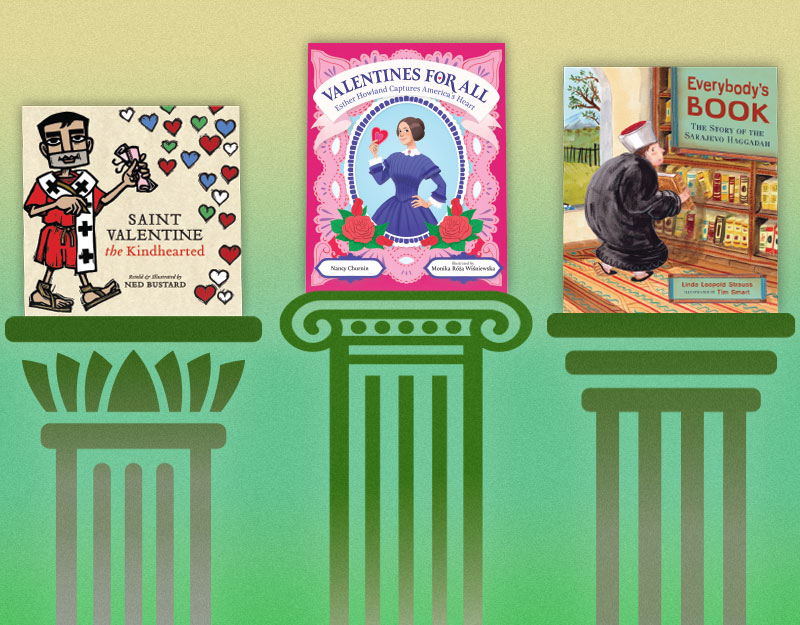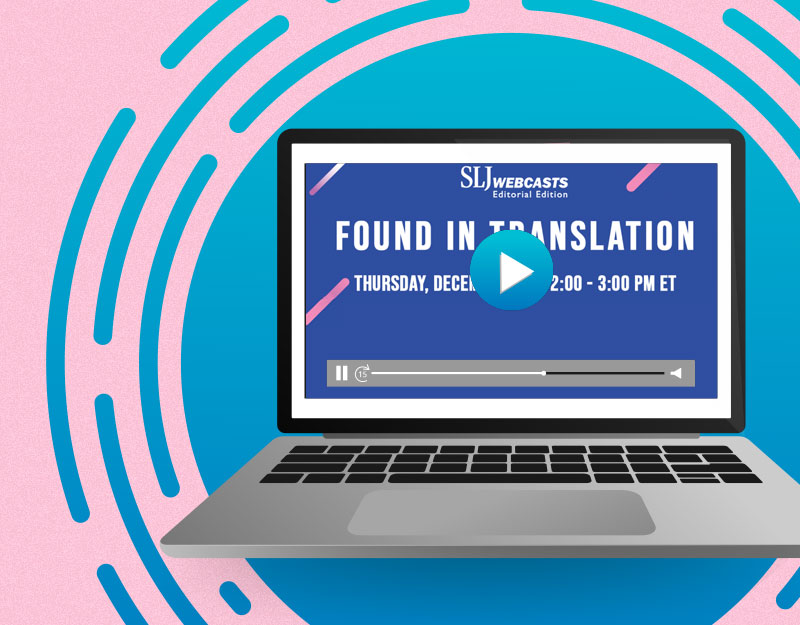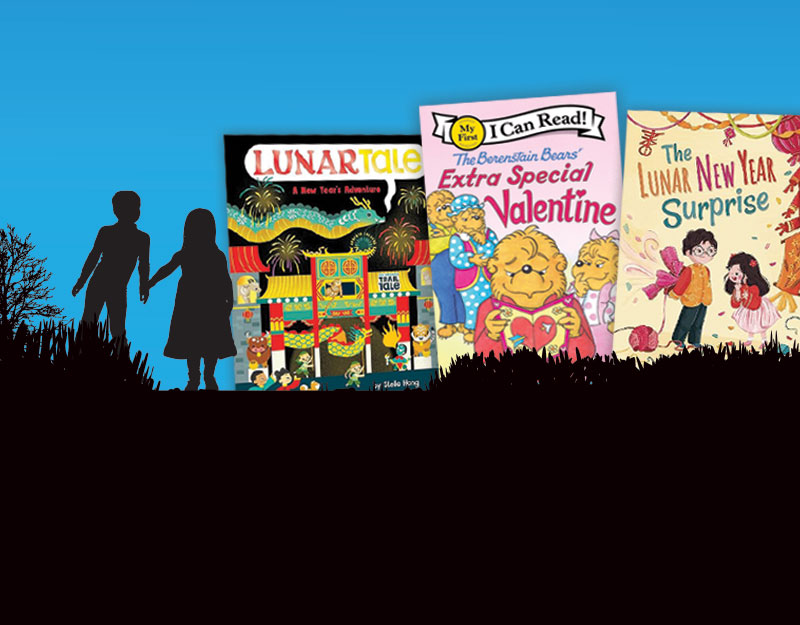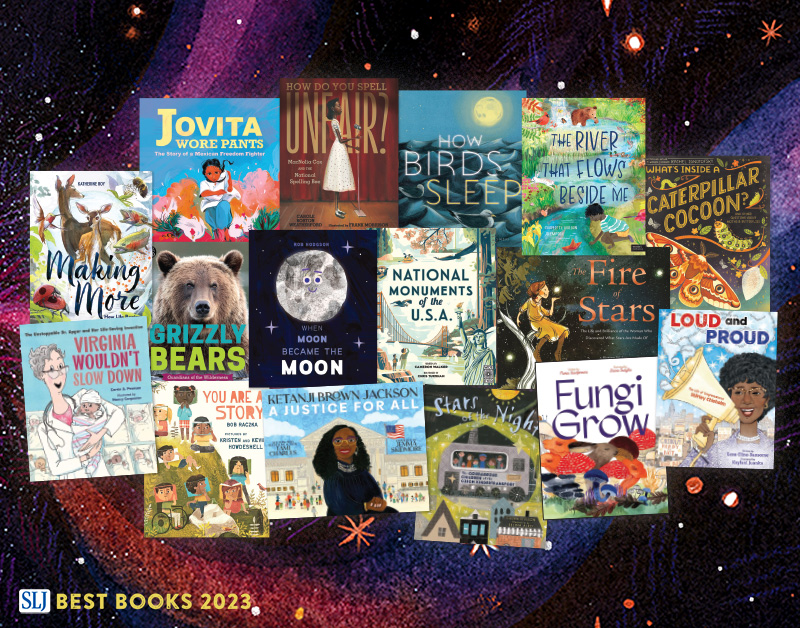Top 100 Children’s Novels #40: Maniac Magee by Jerry Spinelli
 #40 Maniac Magee by Jerry Spinelli (1990)
#40 Maniac Magee by Jerry Spinelli (1990)
49 points
It’s an old tale. A kid with extraordinary skills simply lives with the ordinary desire to belong. Jeffery is not just a gift to those he touches in the book, but to the readers who champion him. Spinelli’s prose is as rhythmic and swift as his character’s gait. It moves us breathlessly through the pages of the story to a most satisfying climax. – DaNae Leu
The important thing about Maniac is that he’s a tall tale hero for kids—and he doesn’t even know it. He’s both a hero and an underdog, in fact. In his heart, he’s both black and he’s white. He’s a reader and an athletic. He commands pride as well as sympathy. He’s a bewildered little Candide who believes in people even though he isn’t exactly living in the best of all possible worlds. You could call the book an allegory if it weren’t such a friendly read whose characters draw you in and make you overlook its messagey nature. Somehow, the message just flows with the story and with the rhythmic thump of Maniac’s feet as he runs through town, looking for everything and nothing, bearing a book. – Kate Coombs
ADVERTISEMENT
ADVERTISEMENT
Published on 1990, Maniac Magee is the Cool Hand Luke of children’s literature. A stranger comes to a new, sometimes hostile place, wins people over, and changes lives. And similar to that film’s famous egg-eating contest, Maniac Magee has a memorable unifying challenge – untying Cobble’s Knot. Like the citizens of Two Mills, PA, Jeffrey Magee’s affect on young readers has been a lasting one. – Travis Jonker
Previously #17 Mr. Magee has slipped in his poll numbers but clearly not in the hearts of his readers. A controversial title for some (See: the professional reviews below) it nonetheless joins us here at #40.
The plot from Publishers’ Weekly reads, “Orphaned as an infant, Jerry Magee is reared by his feuding aunt and uncle until he runs away at age eight. He finds his way to Two Mills, Pa., where the legend of ‘Maniac’ Magee begins after he scores major upsets against Brian Denehy, the star high school football player, and Little League tough guy, John McNab. In racially divided Two Mills, the Beales, a black family, take Maniac in, but despite his local fame, community pressure forces him out and he returns to living at the zoo. Park groundskeeper Grayson next cares for the boy, but the old man dies and Maniac moves into the squalid home of the McNabs, who are convinced a race war is imminent. After a showdown with his nemesis, Mars Bar, Maniac bridges the gap between the two sides of town and finally finds a home.”
As it happens, it wasn’t Maniac’s first appearance in a book. Those of you who have read Dump Days will find a single solitary sentence referring to Maniac in that title. As for where Spinelli got the idea for the book, nothing too thrilling. In an interview on Scholastic he just says, “Actually, there was no particular inspiration – it was time to start a new book, and I thought I’d like to write a book about a kid who was a hero to other kids. That was the starting point. Then I shopped around in my notes and in my head for any ideas that seemed to fit into that original idea.” In a 2002 interview with TeacherVision he said that one of those ideas concentrated on someone he knew as a kid. “… a girl who carried her home library to school in a suitcase.”
He did get the name “Maniac” from a newspaper column since he thought it would fit the character. The town of Two Mills is said to be loosely based on Norristown, PA (according to Kathleen Long Bostom’s Winning Authors: Profiles of the Newbery Medalists). And no. There will be no Maniac Magee sequel. Sorry, folks.
I like to look through all my reference books when finding information out about books, even when I have no serious hope of finding anything in them. I didn’t actually think that Maniac Magee would appear in Anita Silvey’s Everything I Need to Know I Learned From a Children’s Book. Most of the folks in that book are of an older generation, after all. But Silvey did take the time to speak to Tyler Hilton, one of the actors on One Tree Hill. And little Mr. Hilton’s favorite book was Maniac Magee. Said he, “This was the first book, from what I can remember, that I actually talked about to other kids my age. It’s just one of those that get you talking. The best kind.”
It’s paired most frequently with fellow Newbery winner Holes. Not surprising when you consider how both books have dealt with racism in a fable-like setting. And in 1991 it won its own Newbery Award, beating out only a single Honor book. That title? The True Adventures of Charlotte Doyle by Avi, which already came in at #46 on our poll.
ADVERTISEMENT
ADVERTISEMENT
Five Owls said of it, “As a white writer, the view of racism Spinelli presents, although politically correct, is still white. Readers may agree or disagree with his ideas and character portrayals. But at least Spinelli’s made an attempt to bring racism out of the closet and to write about it in a way he sees relevant to school children’s own experiences.”
VOYA was just as conflicted. “I enjoyed it as I was reading, but then as I reflected on the content, I became annoyed at the ways this fable manipulated the reader. Upon further reflection, I thought that possibly using this format was one of the most effective ways of making the ever-present (and too little-dealt-with) issue of racism accessible to the junior high level reader. This book will certainly elicit discussion among both students and teachers alike.”
And Publishers’ Weekly thought, “Full of snappy street-talk cadences, this off-the-wall yarn will give readers of all colors plenty of food for thought.”
Finally Kirkus said, “If this is sometimes a bit like a chalkboard lesson, it may be because racism is still a volatile subject that is more comfortably dealt with in parable form. The metaphorical style is a brave change from the realism of Spinelli’s other books, while fans of his earlier, tongue-in-cheek, streetwise tone will find it also an integral part of this story–ballast for the mythic, shifting picture of Maniac’s year on the run.”
It amuses me beyond measure to see that sometimes they’ve made a point to keep the feel of the original cover, but update the sneakers.
Many of us forget that the book was turned into a Nickelodeon movie in 2003. Twas! The sound’s only coming in one ear on this one. Here’s the first part of the film.
Filed under: Best Books, Top 100 Children's Novels (2012)
About Betsy Bird
Betsy Bird is currently the Collection Development Manager of the Evanston Public Library system and a former Materials Specialist for New York Public Library. She has served on Newbery, written for Horn Book, and has done other lovely little things that she'd love to tell you about but that she's sure you'd find more interesting to hear of in person. Her opinions are her own and do not reflect those of EPL, SLJ, or any of the other acronyms you might be able to name. Follow her on Twitter: @fuseeight.
ADVERTISEMENT
ADVERTISEMENT
SLJ Blog Network
Happy Poem in Your Pocket Day!
Family Style: Memories of an American from Vietnam | Review
Parsing Religion in Public Schools
ADVERTISEMENT











